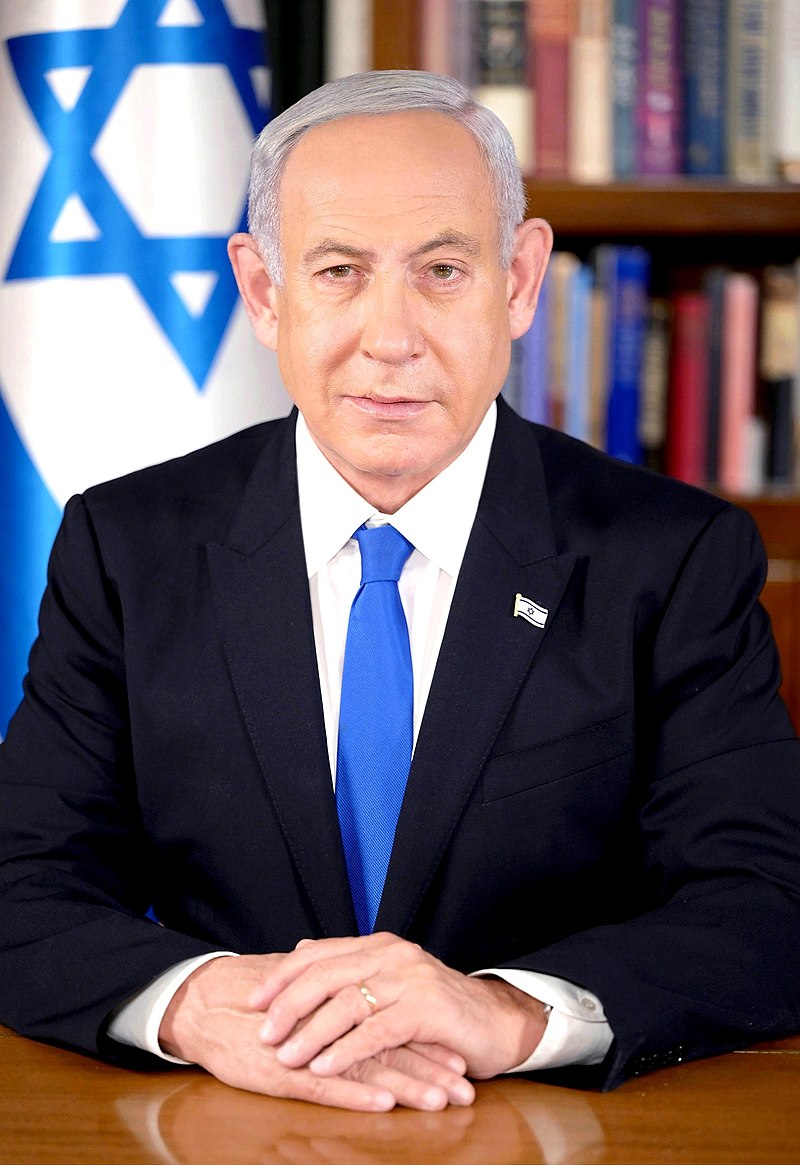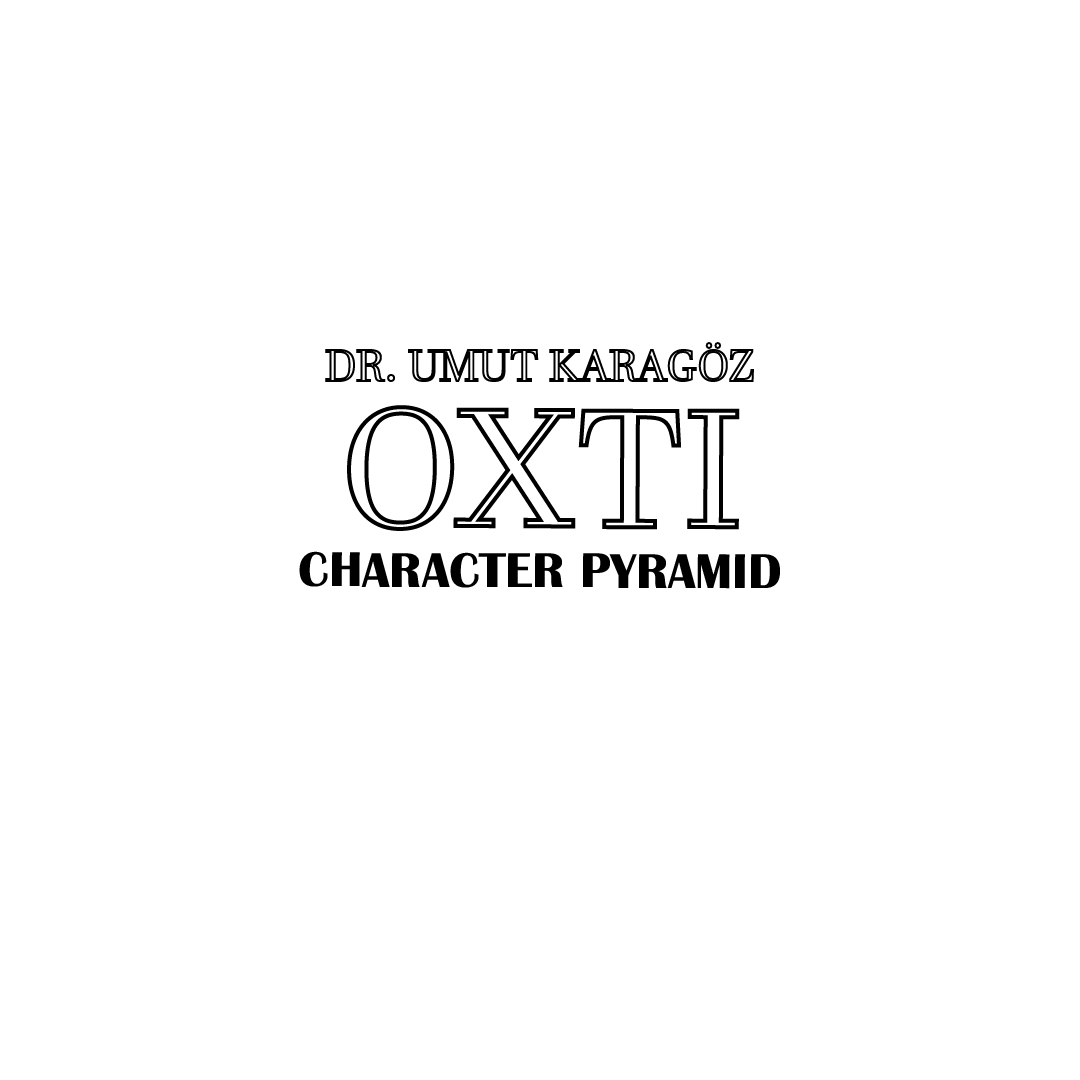Benjamin Netanyahu as the Archetypal Arona: Power, Continuity, and Strategic Identity
Benjamin Netanyahu character analysis offers a unique lens into one of the most controversial and enduring political figures in modern Israeli history. As the longest-serving prime minister of Israel, Netanyahu’s psychological profile reveals deeply ingrained traits of strategic dominance, relational pragmatism, and ideological rigidity, making him a compelling case study in political character formation.
To decode the enduring political and psychological persona of Benjamin Netanyahu, one must look beyond policies and electoral cycles. His character structure reflects something deeper—a psychological archetype that transcends partisan narratives and momentary ideologies. According to the OXTI Character Premise Theory, Netanyahu can be mapped onto the Arona archetype: a central identity defined by historical self-positioning, strategic authority, existential vigilance, and long-cycle leadership patterns. Arona is not a reactive figure. It is proactive, rooted in the belief that history is not merely endured but shaped—often through control, confrontation, and symbolic endurance.
Netanyahu’s political career is the longest in Israeli history, but it is not longevity that defines him; it is his ability to return, reconstruct, and reassert power in shifting global and regional realities. His military roots in Sayeret Matkal, Israel’s elite special forces, and his subsequent education at MIT—interrupted only by his return to fight in the Yom Kippur War—reveal not just commitment but strategic rhythm. Even his personal reinvention as “Ben Nitai” during his U.S. academic years signaled a flexibility of identity rooted in purpose, not vanity.

Netanyahu is not an ideologue in the classic sense. Like all Arona figures, his ideological postures are adaptive mechanisms—tools to retain control, manage perception, and project continuity. Whether steering economic liberalization as Finance Minister, negotiating under U.S. pressure, or dismantling coalitions to return stronger, he operates through long-form strategies: calculated pauses, collapses, and reemergences that match Arona’s defining trait—identity preservation through systemic redesign.
A pivotal feature of Arona is its relationship to danger and chaos. Netanyahu’s persona thrives on the existence of threat—external or internal. The Palestinian conflict, Iranian nuclear ambitions, or judicial reforms are not only policy matters but structuring enemies that reinforce Arona’s internal coherence. Arona does not seek peace to dissolve tension; it seeks peace as a reordering mechanism on its own terms. For Netanyahu, recognition, not reconciliation, is the ultimate goal—recognition of Israel’s permanence, of Jewish historical continuity, and of his role as its custodian.
From a psychoanalytic lens, Arona is not purely self-assured. It is hyper-aware of historical rupture, often shaped by generational trauma and an inherited imperative to “never again” relinquish existential control. Netanyahu’s family legacy—his father Benzion, a revisionist Zionist historian, and his brother Yonatan, a fallen military hero—create the perfect backdrop for Arona’s mythos: a character forged not just by personal ambition but by inherited historical mission. The Arona core is always surrounded by legacy, by martyrs and mentors, by wars that were survived and betrayals that were not forgotten.
Thus, Netanyahu is not merely a conservative politician or a controversial leader. In the OXTI framework, he is a living system—a self-authoring force, consciously aligning his moves with a larger narrative of survival, sovereignty, and memory. His narrative arc is not linear but spiral: returning, reconstructing, reasserting. He does not seek to be loved but to be remembered; not to stabilize, but to anchor a state that he perceives as under perpetual existential negotiation.
This is the starting point for understanding Benjamin Netanyahu as Arona. In the following sections, we will examine the developmental architecture of this persona—how trauma, history, cognitive structure, and cultural symbology intertwine to produce one of the most complex leaders of the 21st century.
The Strategic Mind of Arona: Netanyahu’s Psychological Architecture in the OXTI Model
Benjamin Netanyahu’s character is not the product of transient political ideology, but of a deep psychological system shaped by intergenerational trauma, military structuring, and geopolitical embodiment. Within the OXTI Character Premise Theory, Netanyahu represents a prototypical Arona core: an identity grounded in the stabilization of external chaos, relational boundary-setting, and historical projection.
At the foundation of Arona lies a principle of defensive transcendence—the idea that survival is not merely physical endurance, but symbolic permanence. Netanyahu does not manage politics; he manages the conditions under which politics can occur. From this vantage point, every public gesture—whether in Jerusalem, at the UN, or within Likud’s inner circles—is a semiotic signal designed to reinforce control over time, narrative, and nationhood. He is less concerned with democratic warmth than with institutional legacy.
Netanyahu’s cognitive architecture, as mapped through the OXTI quadrants, reveals a dominant interplay between:
- O (Thought): Highly developed strategic cognition, long-term scenario planning, historical referencing, and data-driven risk assessment. His education at MIT and involvement with Boston Consulting Group embedded algorithmic thinking into his decision-making process. Unlike impulsive leaders, Arona-structured individuals like Netanyahu anticipate crises decades in advance, even if their predictions stir controversy or suspicion.
- X (Body/Affect): Unlike many populist figures, Netanyahu exhibits minimal impulsive affect. His emotional language is calibrated, purposeful, and tactical. The Arona configuration sublimates emotion into measured expression, maintaining a stable public persona even amid personal and national crises. His near-absence of emotional collapse in moments of scandal or war is not suppression but mastery of emotional code-switching.
- T (Object/Matter): For Arona, institutions are not sacred—they are instruments. Netanyahu’s economic reforms as Finance Minister, including privatizations and deregulation, are examples of T-based restructuring: molding material systems to align with ideological and identity imperatives. The Arona structure does not cling to systems; it remakes them.
- I (Environment): Netanyahu’s relationship to environment is transactional and geopolitical. He neither romanticizes allies nor demonizes enemies unnecessarily. His partnerships with Trump, Putin, and even regional Arab powers (e.g., UAE, Bahrain) are examples of I-calibrated positioning. Arona is not bound by moralist diplomacy; it is loyal to survival metrics and legacy calculus.
Where Freud’s model speaks of ego, superego, and id, the Arona archetype reflects a neo-structural identity, built upon layered narratives of ancestry, betrayal, and reclamation. While Freud might analyze Netanyahu as an ego-driven subject grappling with Oedipal conflict or reaction formation, OXTI shows something else: a character that builds identity through repeated external anchoring—through border control, historical speeches, military operation names, and memorial constructions. Arona is the ego extended into national infrastructure.

Moreover, Netanyahu’s use of trauma is not only personal but systemic. Arona figures sustain their authority by keeping collective pain legible and mobilizable. The Holocaust, the Entebbe raid, the Second Intifada—these are not simply memories; they are activatable nodes in Arona’s narrative weaponry. Unlike the more expressive or victim-identified character types, Arona doesn’t weep with history—it builds fortresses out of it.
His policies—on Gaza, Iran, settlements, and judicial reform—are best interpreted not as policy reactions but architectural recalibrations. When faced with entropy, Arona doesn’t retreat. It redesigns. When its authority is questioned, it does not negotiate vulnerability—it reasserts inevitability.
In short, Benjamin Netanyahu’s character is defined not by ideology, but by continuity-through-control. He does not crave adoration, but acknowledgment. He does not fantasize unity, but demands alignment. He is a strategic myth-maker, a system-builder, and an Arona core in motion.
Arona as Infrastructure: Netanyahu’s Psychological Legacy
To understand Benjamin Netanyahu is to engage not with fleeting charisma or moral idealism, but with a psychological infrastructure engineered for persistence. In the OXTI Character Premise Theory, Arona is not a man—it is a system. A system that stores memory as architecture, policy as defense, and identity as mythology.
Netanyahu’s tenure—marked by geopolitical reshaping, internal polarization, and institutional resilience—is the narrative of Arona confronting entropy. When institutions falter, Arona restructures. When alliances shift, Arona recalibrates. When morality fractures, Arona reinforces the perimeter—not to preserve virtue, but to ensure continuity.
The Arona core, at its essence, does not seek peace for peace’s sake. It seeks balance without collapse, history without erasure, presence without surrender. Netanyahu embodies this drive—not only through policy but through posture. His silence is never absence. His confrontation is never chaos. His contradictions are precisely measured connectomic deviations—micro-adjustments in the larger circuitry of long-term control.
In contrast to Freudian theory, where the self is shaped by internal conflicts and early developmental wounds, the OXTI lens sees Netanyahu’s self as structurally projected—less a product of inner struggle, more the result of outer mapping. While Freud would trace Netanyahu’s rigidity to latent anxiety, Arona explains it as systemic calibration: a relentless rebalancing between thought (O), structure (T), pressure (X), and landscape (I).
This is why Netanyahu cannot be dethroned by mere scandal, nor defined by a single ideology. He is not a liberal, nor a conservative. He is not a hero, nor a villain. He is Arona—the figure who stands in the ruins, draws a new blueprint, and demands the next century be built atop it.
In every nation’s story, there arises a character who does not narrate the myth, but becomes the myth’s editor. For Israel, in our age, that editor is Benjamin Netanyahu—Arona incarnate.

No responses yet